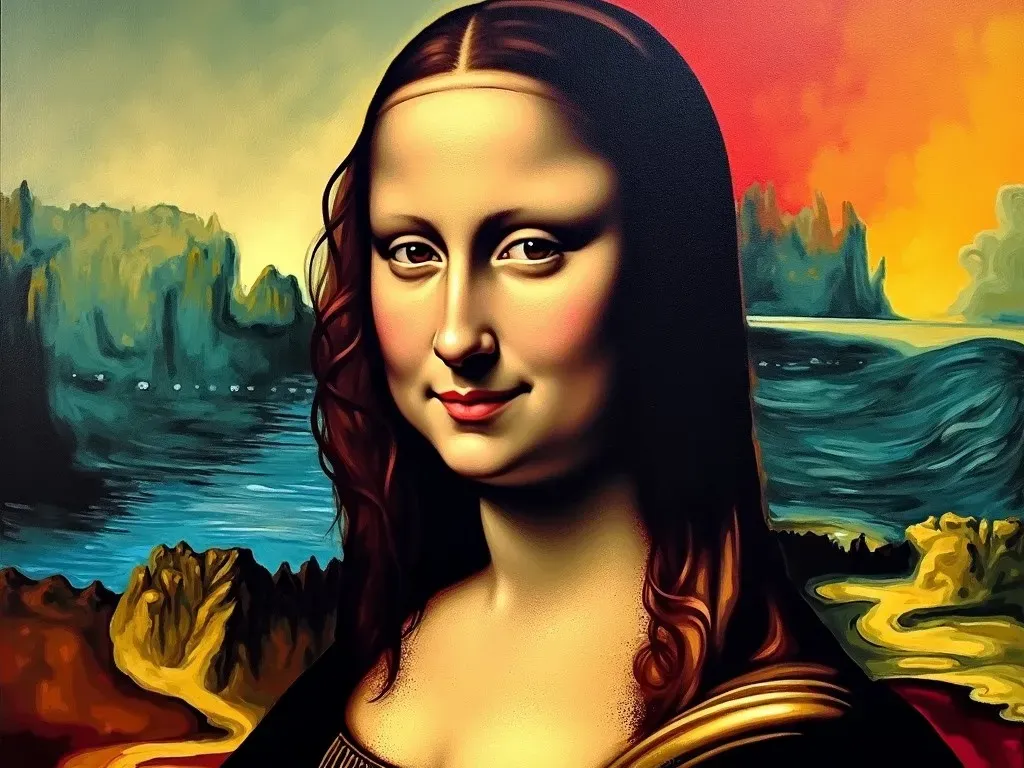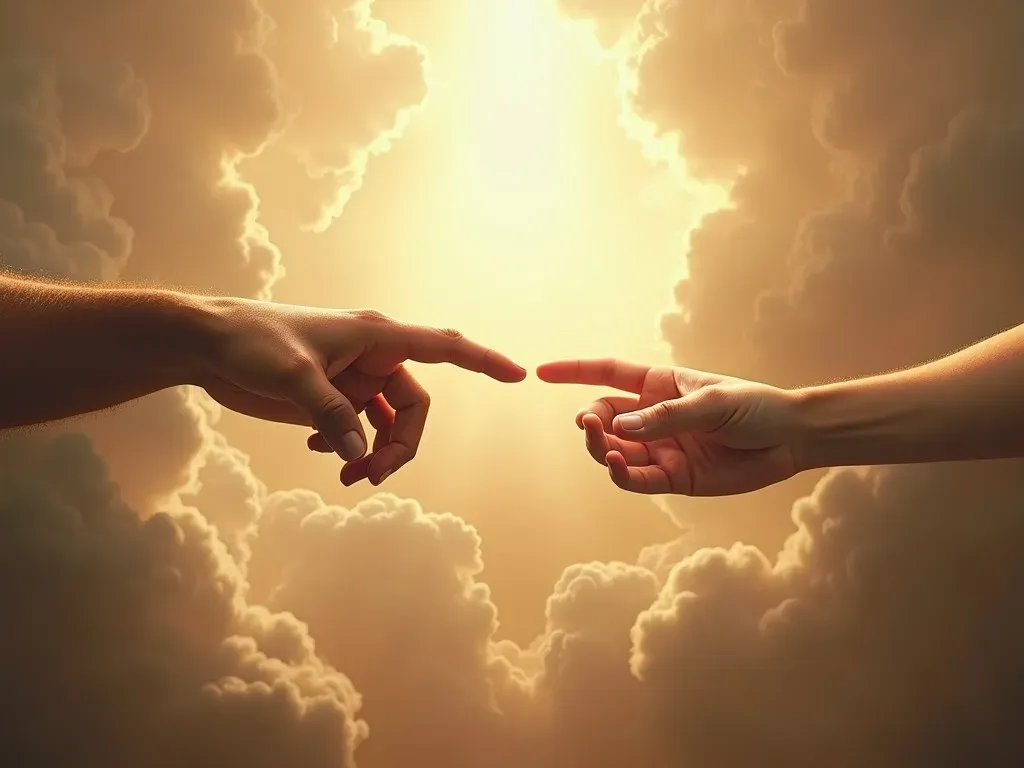When we think about the "top 10 most famous pieces of art," we are transported into a world where creativity meets historical significance. These masterpieces don’t just capture vision; they evoke emotions, challenge perceptions, and offer narratives that transcend time.
Here’s the list of the top 10 most famous pieces of art:
- Mona Lisa by Leonardo da Vinci
- The Starry Night by Vincent van Gogh
- The Last Supper by Leonardo da Vinci
- The Scream by Edvard Munch
- The Persistence of Memory by Salvador Dalí
- Guernica by Pablo Picasso
- The Night Watch by Rembrandt
- Girl with a Pearl Earring by Johannes Vermeer
- The Kiss by Gustav Klimt
- The Creation of Adam by Michelangelo
1. Mona Lisa by Leonardo da Vinci

Facts:
- Year: 1503-1506
- Medium: Oil on poplar panel
- Location: Louvre Museum, Paris
The Mona Lisa stands out as an iconic representation of the Renaissance. The subject’s enigmatic smile and da Vinci’s masterful technique of sfumato (the fine shading that produces soft transitions between colors) have captivated millions.
2. The Starry Night by Vincent van Gogh
Facts:
- Year: 1889
- Medium: Oil on canvas
- Location: Museum of Modern Art, New York
Renowned for its swirling, whimsical depiction of the night sky, The Starry Night offers a glimpse into van Gogh’s troubled mind. The use of impasto texture delivers a tactile quality that enhances its emotional appeal.
3. The Last Supper by Leonardo da Vinci
Facts:
- Year: 1495-1498
- Medium: Tempera on gesso, pitch, and mastic
- Location: Convent of Santa Maria delle Grazie, Milan
This mural captures Jesus’ final meal with his disciples. Da Vinci’s composition and use of perspective make it one of the most recognized and studied works of art worldwide.
4. The Scream by Edvard Munch
Facts:
- Year: 1893
- Medium: Oil on canvas
- Location: National Gallery, Oslo
The Scream symbolizes existential angst and despair. Munch’s innovative approach to color and form reflects extreme emotional distress, making it a groundbreaking piece in modern art.
5. The Persistence of Memory by Salvador Dalí
Facts:
- Year: 1931
- Medium: Oil on canvas
- Location: Museum of Modern Art, New York
Dalí’s painting challenges reality and time, portraying melting clocks in a dream-like landscape. This surreal piece invites viewers to ponder the nature of time and memory.
6. Guernica by Pablo Picasso
Facts:
- Year: 1937
- Medium: Oil on canvas
- Location: Museo Reina Sofía, Madrid
Picasso’s monumental work serves as an anti-war statement, depicting the horrors of the Spanish Civil War. Its monochromatic palette and fragmented forms convey anguish and chaos.
7. The Night Watch by Rembrandt
Facts:
- Year: 1642
- Medium: Oil on canvas
- Location: Rijksmuseum, Amsterdam
Rembrandt’s The Night Watch is notable for its massive size and dynamic composition. The use of chiaroscuro (contrast between light and dark) brings vitality to this depiction of a military company.
8. Girl with a Pearl Earring by Johannes Vermeer
Facts:
- Year: 1665
- Medium: Oil on canvas
- Location: Mauritshuis, The Hague
Often referred to as the "Mona Lisa of the North," this captivating piece depicts a girl adorned with a large pearl earring. Vermeer’s mastery of light and color gives life to the subject’s gaze.
9. The Kiss by Gustav Klimt
Facts:
- Year: 1907-1908
- Medium: Oil on canvas
- Location: Belvedere Palace, Vienna
This iconic painting shows a couple locked in an intimate embrace, enveloped in elaborate patterns reminiscent of Byzantine art. Klimt’s use of gold leaf makes this piece a stunning visual feast.
10. The Creation of Adam by Michelangelo
Facts:
- Year: 1512
- Medium: Fresco
- Location: Sistine Chapel, Vatican City
One of the most recognized images in the history of art, The Creation of Adam on the ceiling of the Sistine Chapel portrays the moment God gives life to Adam. The intricate details and dramatic gestures are hallmarks of Michelangelo’s genius.
Frequently Asked Questions (FAQs)
What makes these pieces of art famous?
These artworks are renowned for a variety of reasons, including innovative Techniques, emotional depth, historical context, and cultural significance. Their influence extends beyond art, impacting literature, psychology, and philosophy.
Where can I see the top 10 famous artworks?
Most of these pieces are housed in renowned museums around the world, such as the Louvre in Paris, the Museum of Modern Art in New York, and the Rijksmuseum in Amsterdam. For more information on visiting these artworks, you can check the museum websites or resources like Google Arts & Culture.
Have these pieces of art ever been controversial?
Yes, many of these masterpieces have sparked debate and controversy. Guernica, for instance, is a powerful anti-war statement that has evoked strong reactions. Similarly, the Mona Lisa has been the subject of theft, vandalism, and artistic parody.
This list reflects not only technical mastery but also the profound capacity of art to communicate complex ideas and emotions. Every brushstroke in these famous pieces leads us closer to understanding the diverse narratives of human experience.
